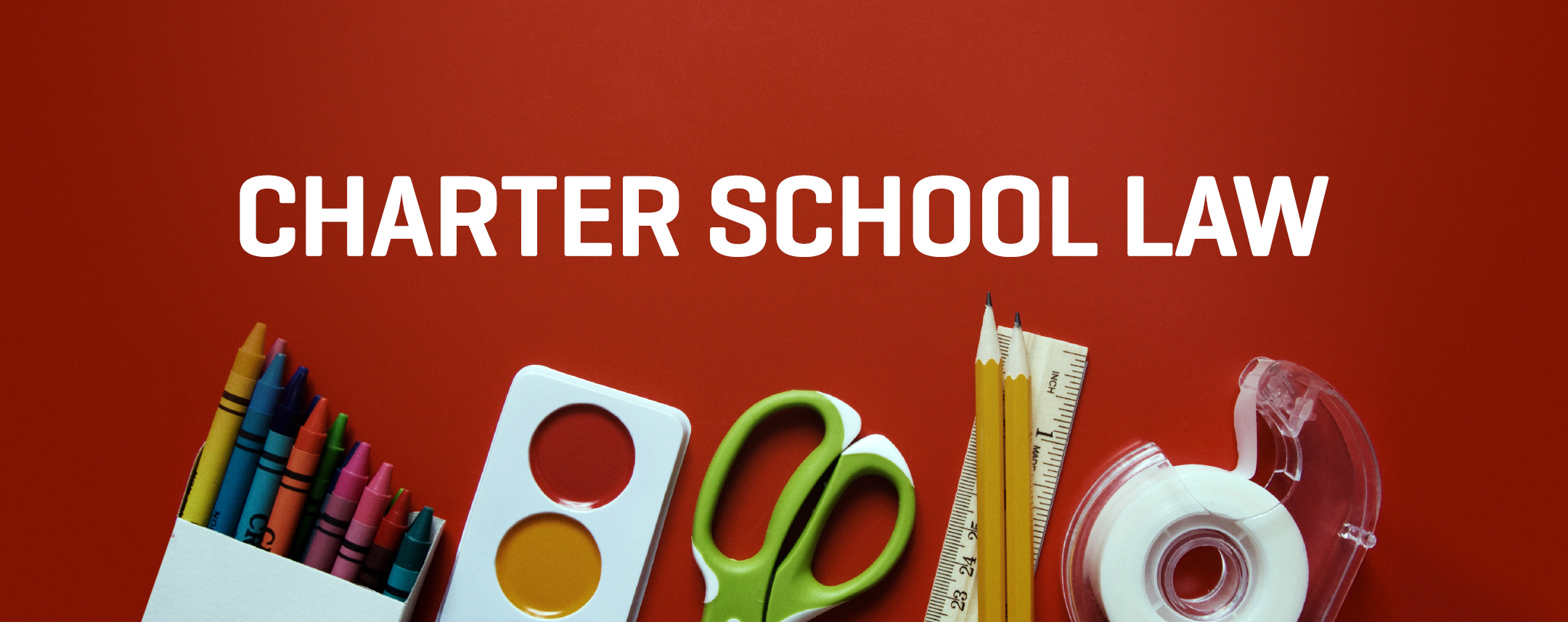The Washington Education Association works and spends money to prevent families from receiving education from anyone who doesn’t pay it nearly $1,000 in dues.
The charter school law, adopted by state residents in 2012, poses this kind of threat. Children in charter schools are educated by a teacher comfortable with the risks associated with earning the trust of families. Typically these teachers are not unionized.
Thus, the union must prevent families and educators from having this option.
In July of 2013, WEA filed a lawsuit to challenge the charter school law.
Union officials proudly boast about spending dues money to block options: “WEA is a plaintiff in the case and has played a major role in organizing the coalition challenging the law.”
In December of 2013, a lower court actually upheld the charter law, with some minor exceptions. The decision was such a loss for the WEA that it had to appeal.
On Oct. 28, the Washington State Supreme Court heard arguments on the complaints. Watch it here.

Two convoluted arguments are offered to attack the charter school law. One suggests that because public schools do not get money for students in charter schools, funding for charter schools reduces state funding for education. The argument absurdly would require that funding for schools should remain unchanged even if there were no students.
The second argument suggests that funding charter schools is unconstitutional because a small portion of the state’s general funds is derived from revenue required to be exclusively used for “common schools.”
Unfortunately, this argument is absurd because it would mean that funding for social services, health, public safety and even the court itself also violates the law as interpreted by the plaintiffs.
The state and those representing charter schools noted that voters added charter schools to a long list of programs, many—though not all—of which are controlled by school boards. Charter schools and their funding are no more unconstitutional than Running Start, Skills Centers or other ways students receive public funding to accomplish the public interest in an educated citizenry.
Next, the court will form a ruling by mid- to late-2015. By that time, nine charter schools will be serving students whose families have chosen to enroll. The ruling could uphold the lower court ruling and permit charter schools, but deny them access to the sources of funds traditional schools use for buildings.
Since charter schools started assuming no capital funds would be provided, this is a consequence without any effect. The court could completely support or completely strike down the charter school law.
WEA has been investing in Supreme Court Justices like it makes a difference, but let us hope it does not.
I find it sad that families’ chance to receive a more customized form of education is jeopardized by a self-serving special interest enterprise like the WEA.
I am also angry to see that creative educators who dream of unique schools offering specialized services are forced to pay union dues to fund a lawsuit to prevent those dreams from ever coming true.
Perhaps we need a lawsuit modeled on the charter school complaint to point out that forced union payment “violates the Washington Constitution by improperly diverting public school funds to private organizations that are not subject to local voter control and by impeding the State’s constitutional obligation to amply provide for and fully fund K-12 public education.” WEA News Release, 7/3/13
Union payments divert more than $70 million from education services to unions each year. This amount is much more than the funds required for 200 students in all forty charter schools.











